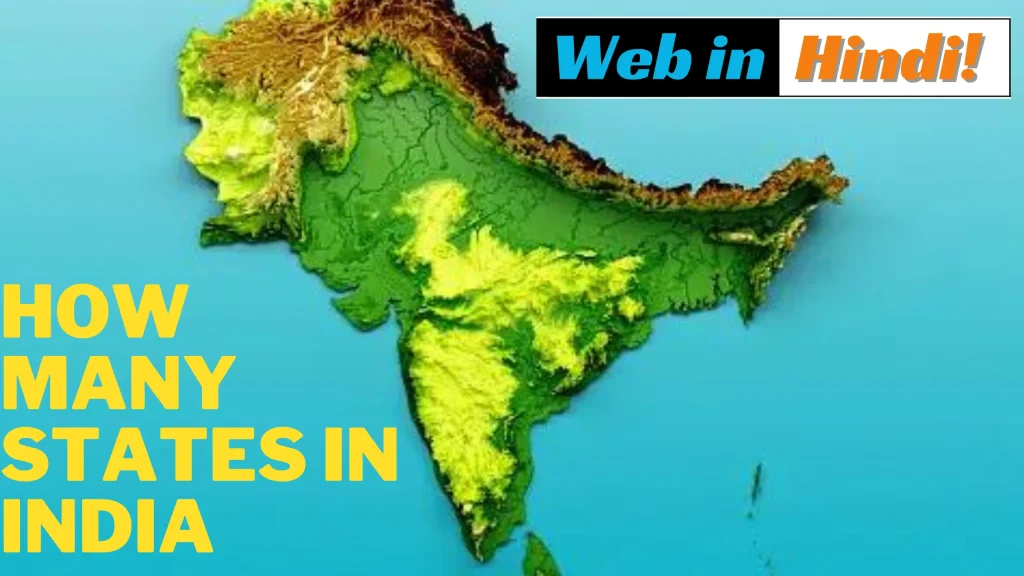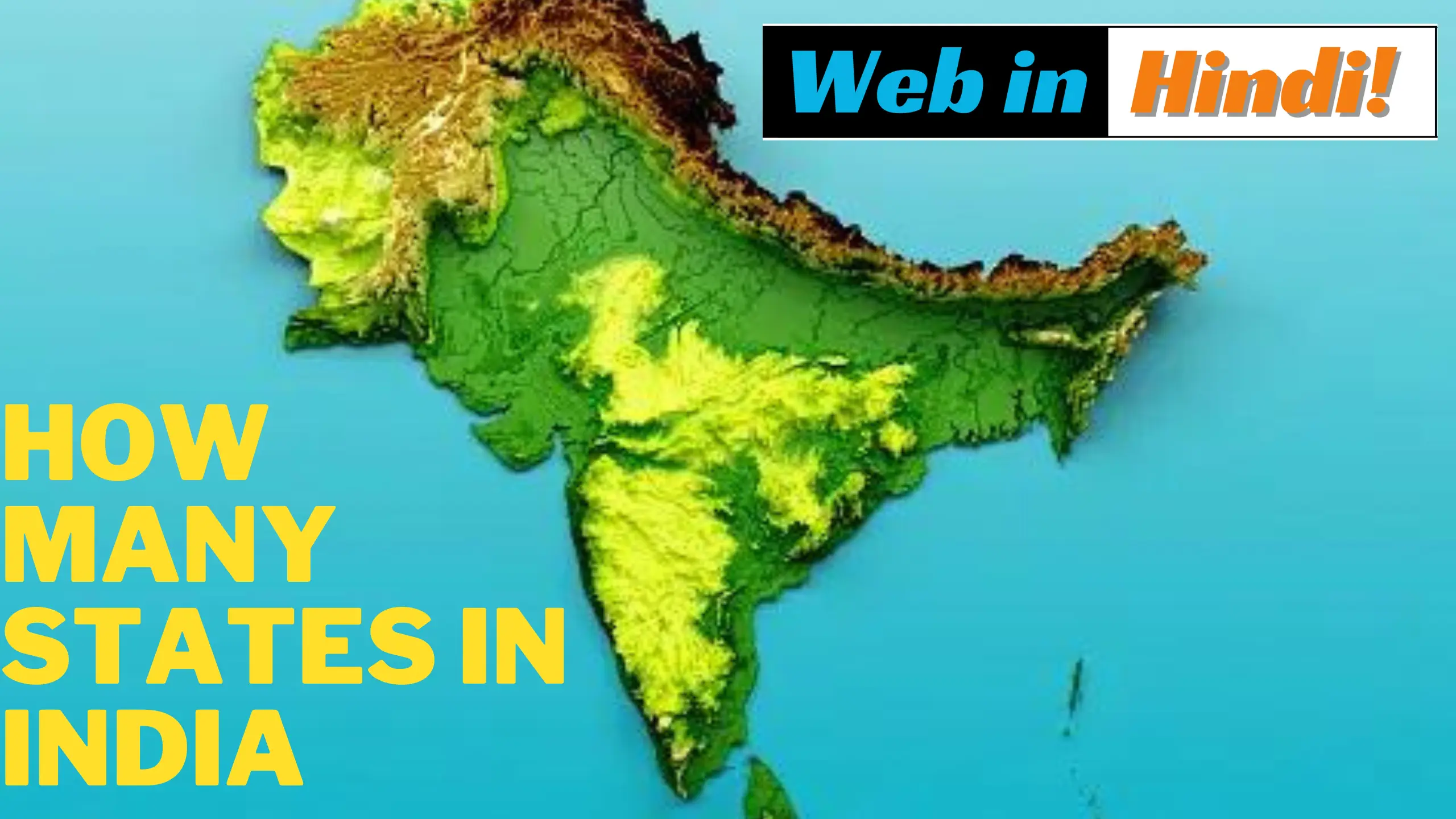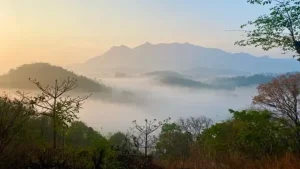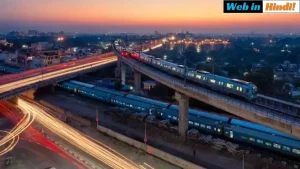As a journalist, I’ve always been passionate about exploring India’s unique cultures and its diverse political landscape. India is home to many states, and today, I want to delve into the topic of how many states are present in India. Understanding the total number of states in India is crucial for anyone seeking to gain insight into the country’s governance structure and political subdivisions.
Key Takeaways
- India has a total of 28 states.
- India’s political subdivisions play a crucial role in the country’s governance and administration.
- The number of states in India has evolved over the years.
- India also has Union Territories with a distinct administrative setup.
- Understanding India’s diverse administrative units is essential for comprehending the country’s ever-changing nature.

India’s Political Subdivisions
India is a diverse country comprising 28 states and 8 Union Territories. The states in India have their own legislative bodies and elected Chief Ministers and Governors. The Union Territories, on the other hand, are governed directly by the federal government.
The number of states in India has gone through several changes over time, with new states being formed based on regional and linguistic factors. For instance, in 2014, Telangana became the newest state in India after being carved out of Andhra Pradesh.
The states in India also have their own distinct cultures, traditions, and histories. For example, the state of Maharashtra is known for its vibrant Marathi culture and its capital, Mumbai, is the financial capital of India. Kerala, on the other hand, is known for its beautiful backwaters and is often referred to as “God’s Own Country.”
Table: A breakdown of the total number of states and Union Territories in India
| Name | Type |
| Andhra Pradesh | State |
| Arunachal Pradesh | State |
| Assam | State |
| Bihar | State |
| Chhattisgarh | State |
| Goa | State |
| Gujarat | State |
| Haryana | State |
| Himachal Pradesh | State |
| Jharkhand | State |
| Karnataka | State |
| Kerala | State |
| Madhya Pradesh | State |
| Maharashtra | State |
| Manipur | State |
| Meghalaya | State |
| Mizoram | State |
| Nagaland | State |
| Odisha | State |
| Punjab | State |
| Rajasthan | State |
| Sikkim | State |
| Tamil Nadu | State |
| Telangana | State |
| Tripura | State |
| Uttar Pradesh | State |
| Uttarakhand | State |
| West Bengal | State |
| Andaman and Nicobar Islands | Union Territory |
| Chandigarh | Union Territory |
| Dadra and Nagar Haveli and Daman and Diu | Union Territory |
| Lakshadweep | Union Territory |
| Delhi | National Capital Territory |
| Jammu and Kashmir | Union Territory |
| Ladakh | Union Territory |
| Puducherry | Union Territory |
With its numerous states and Union Territories, India is a vast and diverse nation that reflects its rich history and culture.
Evolution of Indian States
The state count in India has undergone significant changes over the years. Before Independence, India was divided into British India and the Princely States. After India gained independence in 1947, the country was reorganized based on linguistic and cultural boundaries, resulting in the formation of states like Andhra Pradesh, Gujarat, Maharashtra, and Punjab.
In 1956, the States Reorganization Act was passed, which resulted in the creation of new states and the recognition of Union Territories, all of which were established to maintain political stability and manage administrative responsibilities more efficiently. Goa, Nagaland, and Himachal Pradesh were formed as states during this period, while Delhi, Andaman and Nicobar Islands, and Chandigarh were recognized as Union Territories.
| Year | Number of states in India |
| 1947 | 2 (British India and Princely States) |
| 1950 | 28 |
| 1956 | 14 |
| 1960 | 16 |
| 2021 | 28 |
Since then, India has seen further changes in state count due to factors such as demands for statehood based on regional differences and economic development. For example, in 2000, three new states were formed – Chhattisgarh, Jharkhand, and Uttarakhand – to address concerns over economic and political inequality.
The evolution of Indian states is an ongoing process that results from various social, economic, and political factors. While the current state count in India is 28, it may change in the future if new demands or constitutional changes occur.
Statehood and Union Territories
Besides the states, India also comprises Union Territories that are governed by the central government and have a distinct administrative structure. Union Territories have less autonomy and are directly administered by the President of India through an appointed Administrator.
There are 8 Union Territories in India: Andaman and Nicobar Islands, Chandigarh, Dadra and Nagar Haveli and Daman and Diu, Lakshadweep, Delhi, Puducherry, Jammu and Kashmir, and Ladakh.
| Union Territory | Status |
| Andaman and Nicobar Islands | Union Territory |
| Chandigarh | Union Territory |
| Dadra and Nagar Haveli and Daman and Diu | Union Territory |
| Lakshadweep | Union Territory |
| Delhi | National Capital Territory |
| Puducherry | Union Territory |
| Jammu and Kashmir | Union Territory |
| Ladakh | Union Territory |
Thus, India has a total of 28 states and 8 Union Territories, making a combined total of 36. Understanding the distinctive features and functions of both types of political subdivisions is critical to understanding India’s structure of governance.
Conclusion
After exploring the various aspects of India’s political subdivisions, I have a newfound appreciation for the country’s diverse administrative units. I’ve learned that India has a total of 28 states and 8 Union Territories, with each playing a vital role in the governance and administration of the country.
Understanding the historical context and the evolution of Indian states has given me a better perspective on the country’s ever-changing nature, and their significance to India’s governance structure.
It is fascinating to see how India’s political map has evolved over the years, and I’m excited to see its future growth and development in this regard. By recognizing the unique characteristics of each state and Union Territory, we can better appreciate the diversity and complexity of India’s rich culture and identity.
FAQ
How many states are there in India?
India has 28 states as of now. However, the total number of states in India has changed over time due to reorganization and the creation of new states.
What are the different political subdivisions in India?
India has various political subdivisions known as states. Each state has its own elected government and administrative structure. These states play a crucial role in the governance and administration of the country.
How has the number of states in India evolved?
The number of states in India has evolved over time. The process of reorganization and the creation of new states has led to changes in India’s state count. As of now, India has 28 states.
How do states differ from Union Territories in India?
In India, states have their own elected governments, while Union Territories have a different administrative setup, where the central government has more control. Union Territories are directly governed by the President of India or an Administrator appointed by the President. Currently, India has 8 Union Territories.








